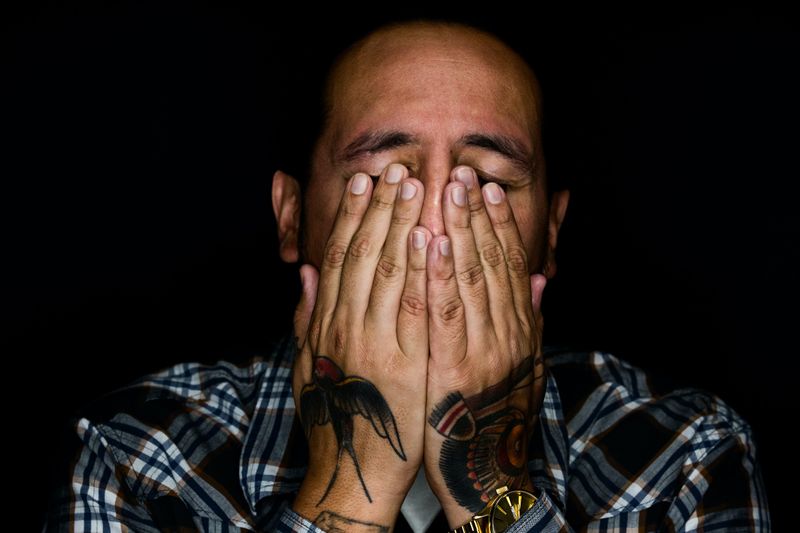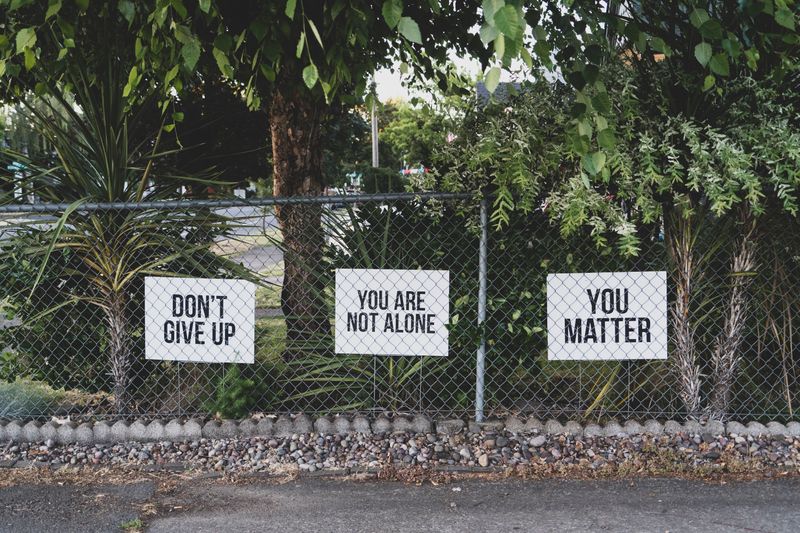A Soldier's Battle with PTSD
Thomas has just returned from a year-long deployment in a war-torn country.
He's finding it difficult to adjust to his old life. He often has nightmares about the things he experienced in combat, and is constantly on edge, unable to relax. Loud noises make him jump and feel like he is back in a war zone.
His family has noticed that he's irritable and easily startled, and they urged him to seek help.
After being diagnosed with post-traumatic stress disorder (PTSD), Thomas started therapy to manage his symptoms and work towards healing.

PTSD can result from a variety of traumatic events — not just military combat, but also sexual assault, natural disasters, accidents, and medical procedures.
For symptoms to be recognized and the right treatment to be sought, it's crucial to understand the various types of PTSD.
What is PTSD?
 Photo by Ivan Aleksic on Unsplash
Photo by Ivan Aleksic on UnsplashPTSD is a mental health disorder that a person may develop after having directly or indirectly experienced a traumatic event.
 It can be the result of:
It can be the result of:
natural disasters
serious accidents
terrorist attacks
war or combat
rape or sexual assault
historical trauma
intimate partner violence
bullying
 Consequences can be:
Consequences can be:
mental
physical
social
spiritual
emotional
physical
life-threatening
Quiz
Maria isn't sure she's experiencing PTSD. What should she do? Select all that apply.
5 types of PTSD
Before looking into the different types of PTSD, watch this one-minute video to learn more about PTSD in general:
Here are the 5 types of PTSD:
Normal stress response
Comorbid PTSD
Acute stress disorder
Uncomplicated PTSD
Complex PTSD
1. Normal Stress Response
 Photo by Ayo Ogunseinde on Unsplash
Photo by Ayo Ogunseinde on UnsplashNormal stress response is a mild type of PTSD. There is no long-term impact from this kind of PTSD.
For example, a person who has been through an illness, injuries, or a high amount of stress might experience this type of PTSD.

Max was involved in a car accident and sustained minor injuries. Every time he had to drive or ride in a car, he would replay the accident in his head and become anxious.
Despite the minor injuries, the incident set off a stress response that lasted for weeks and interfered with his daily life.
2. Comorbid PTSD
 Photo by Hernan Sanchez on Unsplash
Photo by Hernan Sanchez on UnsplashComorbid PTSD is usually associated with at least one other mental health condition, such as anxiety disorder, panic disorder, substance abuse disorder, or major depressive disorder.

Amy, who has been living with anxiety and depression for years, witnessed a violent crime. She experienced PTSD symptoms like nightmares, flashbacks, and hypervigilance in the months after the incident. She also began to rely heavily on alcohol to cope with her symptoms.
3. Acute Stress Disorder
 Photo by Tom Pumford on Unsplash
Photo by Tom Pumford on UnsplashAcute stress disorder is the least common. It develops shortly after a traumatic event.
For example, a person who witnessed a fire might develop this type of PTSD.

Ken, a very upbeat person, lived in an area that was hit by a severe natural disaster, which destroyed his home. A month later, he began feeling increasingly anxious.
He had trouble sleeping and experienced vivid nightmares about the disaster. He felt emotionally detached from his loved ones and struggled to find joy in the things he used to enjoy.
4. Uncomplicated PTSD
 Photo by Diana Simumpande on Unsplash
Photo by Diana Simumpande on UnsplashUncomplicated PTSD happens when someone relives their trauma repeatedly. This type of PTSD doesn't co-exist with another mental health condition.
For example, a victim of a sexual assault might experience this type of PTSD when they're near the place they were assaulted or reminded of the assault.

Lily experienced a traumatic incident in which she was physically abused. Since the incident, she has had recurring nightmares and flashbacks of the assault, which have made her uneasy and tense.
She avoids anything that reminds her of the assault and has trouble sleeping. Despite these symptoms, she hasn't been diagnosed with any other mental health conditions.
5. Complex PTSD
 Photo by Gabriel on Unsplash
Photo by Gabriel on UnsplashComplex PTSD, also known as cPTSD, is a disorder of extreme stress. Greater functional impairment results from this type of PTSD.
Complex PTSD happens after a series of traumatic events over a long period of time (months or years) versus PTSD that results from one single traumatic event.
For example, a person who suffered verbal and/or physical abuse in their childhood might experience this type of PTSD.

Matthew was subjected to persistent physical and psychological abuse throughout his childhood. As a result, he has low self-esteem and difficulty controlling his emotions.
He frequently experiences extreme sadness or rage. He has a hard time putting his trust in people and making lasting connections. He also has challenges with addiction and has a history of self-harm.
Take Action
 Photo by Dan Meyers on Unsplash
Photo by Dan Meyers on UnsplashKnow that you're not alone if you or a loved one are dealing with PTSD.
Get advice from a professional, and learn more about PTSD from these resources:
Your feedback matters to us.
This Byte helped me better understand the topic.

